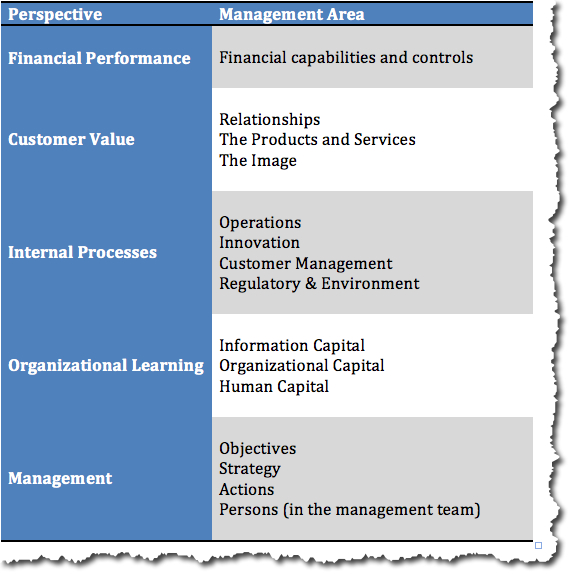Strategy for software Dummies – part 10

Strategy for software Dummies – part 10
The title for this series of posts is inspired by the extensive series of instructional/reference books, which serve as non-intimidating guides for readers new to the various topics covered, or for readers who need a solid brush up. The title doesn’t imply that software CEO’s are Dummies; only that there is a need for a new type of “strategy framework” that produces more than fluff and which can be completed in a very short time.
This post #10 is starting to explore the management priorities required to make the changes happen.
A recap from post#9.
The ABC company is an Independent Software Vendor planning to go global. They have asked a ValuePerform consultant to help them put an international Go-To-Market plan together. The ValuePerform consultant wants to know the current position of the ABC company before any work on future strategies commences.
 It turns out that the management team wildly disagree on the priorities for financial performance. The consultant explains why the priorities must be set. After several internal meetings the management team come to a unanimous conclusion on how to prioritize the 6 sources of financial growth.
It turns out that the management team wildly disagree on the priorities for financial performance. The consultant explains why the priorities must be set. After several internal meetings the management team come to a unanimous conclusion on how to prioritize the 6 sources of financial growth.
The management team also have very different perceptions of the Customer Value Proposition TODAY and in the FUTURE. After some consideration they reach the following conclusion.

The Customer Value Proposition TODAY and in the FUTURE
It is apparent that the ABC Company is heading for some major changes.
Before the final questionnaire can be generated, the ValuePerform consultant asks each individual member of the management team to answer 4 questions concerning the market.
Again the members of the ABC management team demonstrate very different perceptions of the situation. After some discussion they reach a common perception of the market situation:

The market situation
The ABC management team agrees that market demand is expected to stay flat, competition will increase, market prices will remain the same and that the companyhas lost market share on a global perspective over the last 12 months.
The 15 management areas
The approach used by the ValuePerform consultant is based on the assumption that there is a tight relationship between your Sources for Growth, your Customer Value Proposition and your Market Situation on the one side and the management priorities required to execute on your strategy on the other side.

15 management areas in the 5 perspectives
The ValuePerform consultant uses 15 management areas divided into 5 perspectives. The logic is straight forward:
A: Any business strategy must deliver financial results and any business strategy requires the availability of financial resources.
B: Financial results requires delivering value to customers.
C: Internal processes must be organized to deliver the value to the customers
D: The organization must be able to learn how define, run and change the processes to deliver outstanding value to customers.
E: The management team must be able to lead and drive the company through changes and challenges to continue the delivery of outstanding value to customers.
The ValuePerform Questionnaire
Based on the premises defined through the 6 Sources of Growth, the Customer Value Proposition and the 4 properties of the market situation the ABC Company management team is now provided with a questionnaire customized to their situation. Each member of the management team is walked through 15 questions and asked to balance management priorities. Through answering 59 additional questions each member of the management team rates how well the ABC management team is performing on the 15 management areas. The CEO is asked an additional 54 control questions, which provides a sanity check on the management team’s self-appraisal. The questionnaire takes each participant 45 – 60 minutes to complete.
The next post: What is considered important by the ABC management team?
Post #1: Strategy? – oh no, not again!
Post #2: Introducing ValuePerform – a lean approach for strategy analysis and alignment
Post #3: The 6 sources for financial growth
Post #4: Why do management teams disagree?
Post #5: Getting the priorities in place
Post #6: The Customer Value Proposition
Post #7: The Customer Value Proposition TODAY
Post #8: The Customer Value Proposition in the FUTURE
Post #9: The Market Situation
Post #11: What is important and what is not?
Post #12: How are we performing?
Post #13: Identifying the important and the urgent issues
Post #14: The Action Plan
Post #15: Why does misalignment occur?
Post #16: The price of management misalignment
Post #17: Avoiding invisible or suppressed misalignment
Post#18: The cost/benefit ratio of ensuring alignment








